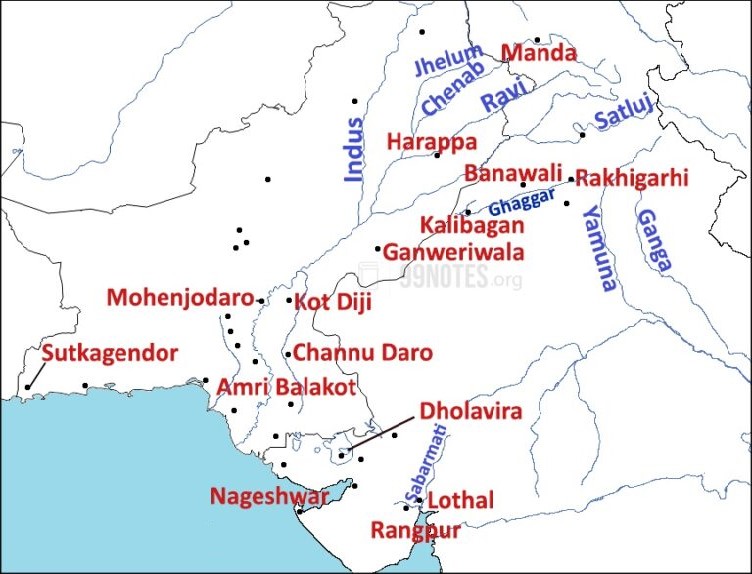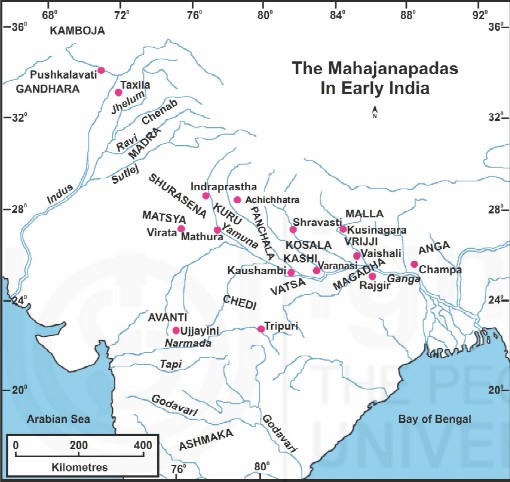7667766266
enquiry@shankarias.in
India has undergone five urbanisations evolving from the mercantile Harappan period to the post-independence industrial cities.


